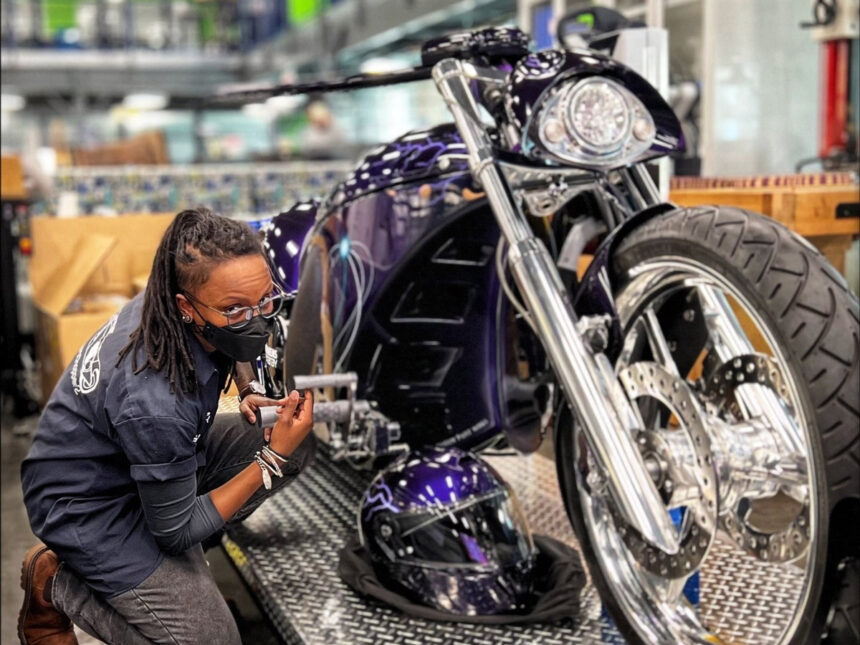
I started metal 3D printing in 2018 at a small startup based on Florida’s Space Coast. Our primary customers were large aerospace and industrial companies, and yes, we were printing cool classified stuff that I can’t talk about here. But we also had a lot of startups looking to create prototypes, car enthusiasts looking for replacement parts, college students looking for the next big innovation, and just regular people interested in what we could (and couldn’t) make. People loved the idea of metal printing.
However, most hobbyists feel shut out of the metal additive manufacturing industry because printers sell for six or seven figure price tags. These are industrial capital equipment used to manufacture everything from satellites, tanks, planes and supercars to microchips and semiconductors. But don’t let the price tag stop you from exploring the possibilities. Think of this guide as a glimpse behind the scenes. You’ll learn not only how to print a part, but also explore possible careers in industrial 3D printing.


There are a variety of specialized approaches to high-end metal printing, but most systems are one of two types:
Metal Powder Bed Fusion (PBF) It’s a welding process where a laser (or electrons) is aimed at tiny particles of metal powder, fusing them together, layer by layer, a process loosely known as metal 3D printing.
The PBF system is Direct Metal Laser Sintering (DMLS), Selective Laser Melting (SLM), or Electron Beam Melting (EBM) Machines. Popular names include SLM, EOS, Velo3D, Stratasys, Freemelt, and Renishaw.
Metal Binder Jet This is a layer printing process that uses a liquid binder rather than a laser to bind the metal powder together. Green State — Sintering It is oven cured to make it stronger. The cured parts may be more porous and weaker than PBF welded parts, but binder jetting is less expensive and has less warping. Examples include ExOne, Desktop Metal, Markforged, and HP.



How do you make the parts?
If you are a hobbyist looking to make prints with metal, consider this your starter guide.
- material: First and foremost, understand your material needs. Will stainless steel or aluminum be sufficient? Or do you need something stronger like titanium or a nickel superalloy?
- size: How big is your overall part? Size not only determines what printer your part can be produced on, but also impacts the overall resolution.
- Tolerances and Surface: How tight are the tolerances? If within 0.005 inches, the part will likely require machining after printing. Resolution also plays a key role in surface finish. For example, in the aerospace and energy industries, surface roughness can affect the flow of fuel through the part, impacting overall performance.
Knowing the material and part size you need will narrow down the available printers. From there, select a printer based on manufacturing requirements, tolerances, etc.
Once you’ve found a printer, the next step is to get a clean, suitable file type. Metal printing is slowly moving away from STL, with solid CAD files or 3MF files becoming the printing standard.


The most commonly asked question when it comes to metal printing is “where do I go to get my parts made?” From my experience, the easiest option is to check out Xometry, an online manufacturing hub, where you can get cost and lead-time quotes up front based on your printer and materials of choice. While the materials offered are mostly limited to aluminum and steel alloys, it’s still a great starting point.
If you need more expensive alloys such as nickel or copper, start by researching manufacturers whose printers you are looking at and giving them a call. This second option can be quite frustrating as many manufacturers are reluctant to take on one-off jobs that require a lot of paperwork, but some can be persuaded with enough time and patience.
Limitations
For those coming from the hobbyist world, it’s important to keep in mind that while metal printed parts are superior in some ways to traditionally made parts, they are not without limitations. For example, binder jetted parts in the green state are often weak and brittle and require more care in handling. Material strength is achieved through post-processing sintering, hardening, and other finishing steps. Parts made with laser powder bed fusion tend to have rougher surfaces than machined parts.
Another limitation is consistency: When ordering metal printed parts in large quantities, there can be some variation and warping depending on which printer they were made on, especially when the parts are removed from the plate without post-processing to reduce costs.

Today, the biggest challenge in metal 3D printing is making parts suitable for real-world use, especially when human life is at stake. Every printed part needs to be proven to be sound, safe, and proven to perform in the harshest operating conditions. In many cases, this means it needs to outperform parts produced by traditional methods. But the industry is currently in deep discussion about which data of the manufacturing process is most important for this qualification: the temperature, the powder quality, the oxygen content, all of them?
The second biggest challenge is scaling operations. With metal printing, printing is only one part of the process of making a part. After printing, there are a number of operations, including heat treating to tune the material properties, machining to close tolerances, and surface finishing to polish smooth. These extra steps are easy for batches of two, four, or eight parts, but at scale, with hundreds of parts, they become costly and a logistical nightmare if not managed properly.
The third biggest challenge is workforce: we need more people who think outside the box – makers.
This article make: Vol.86.








